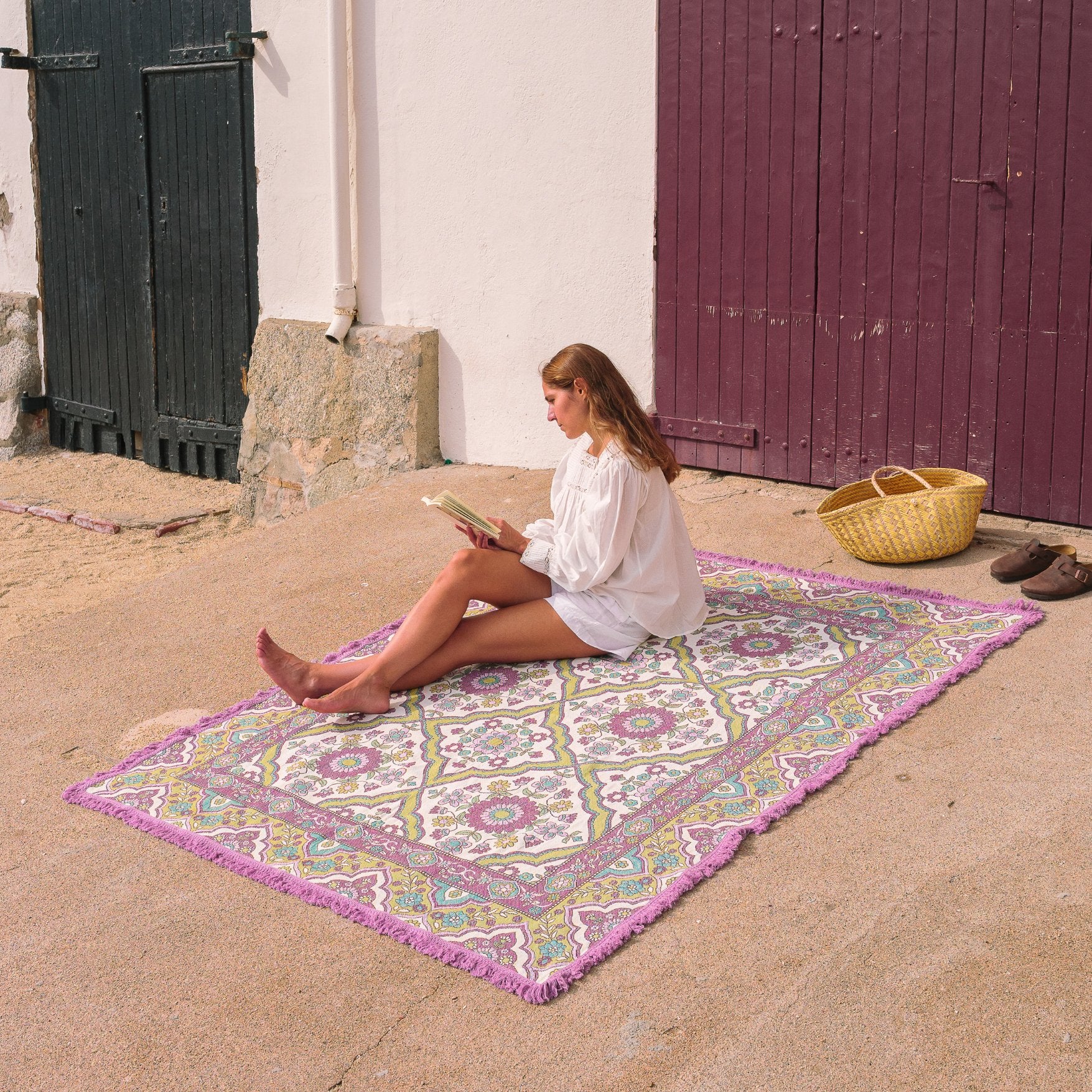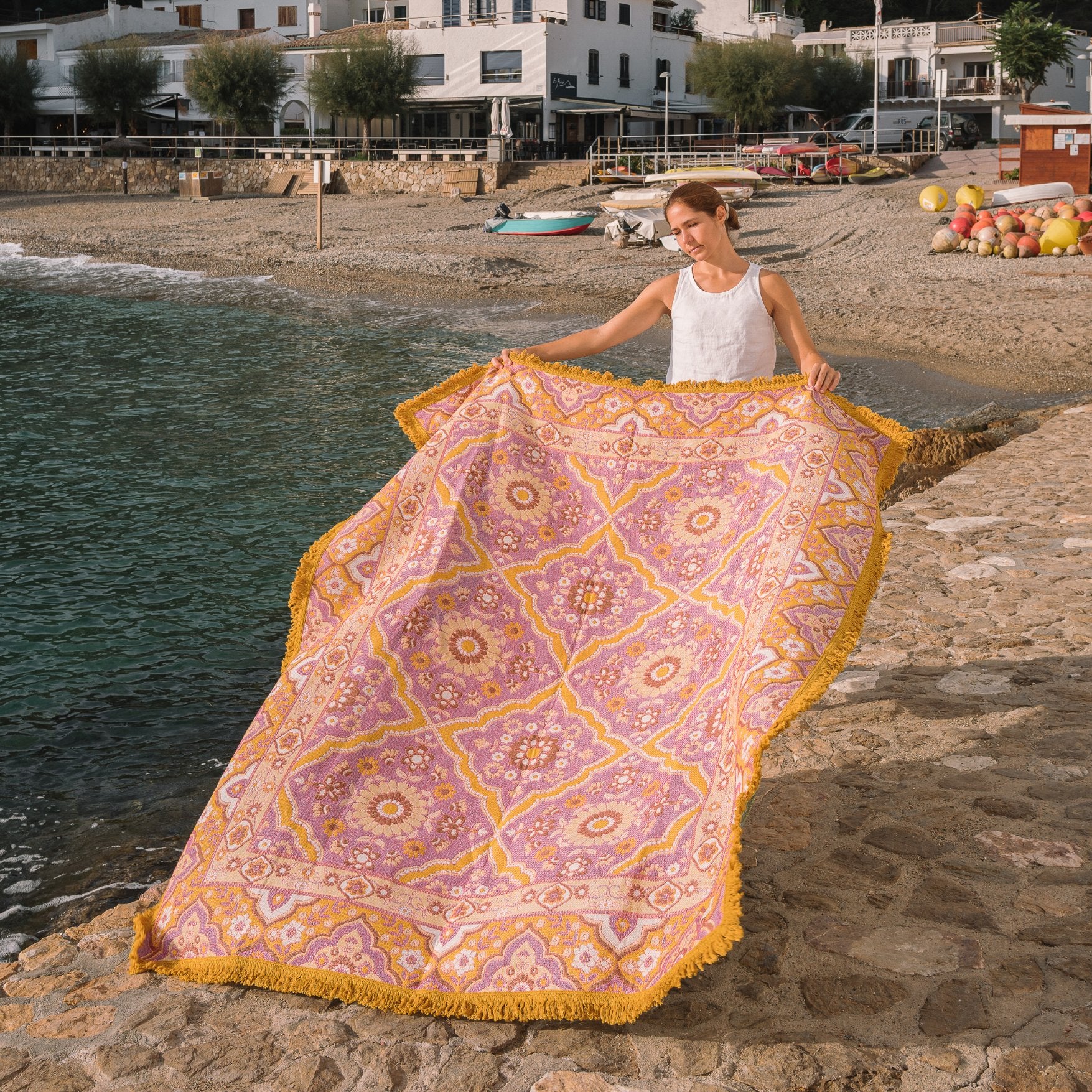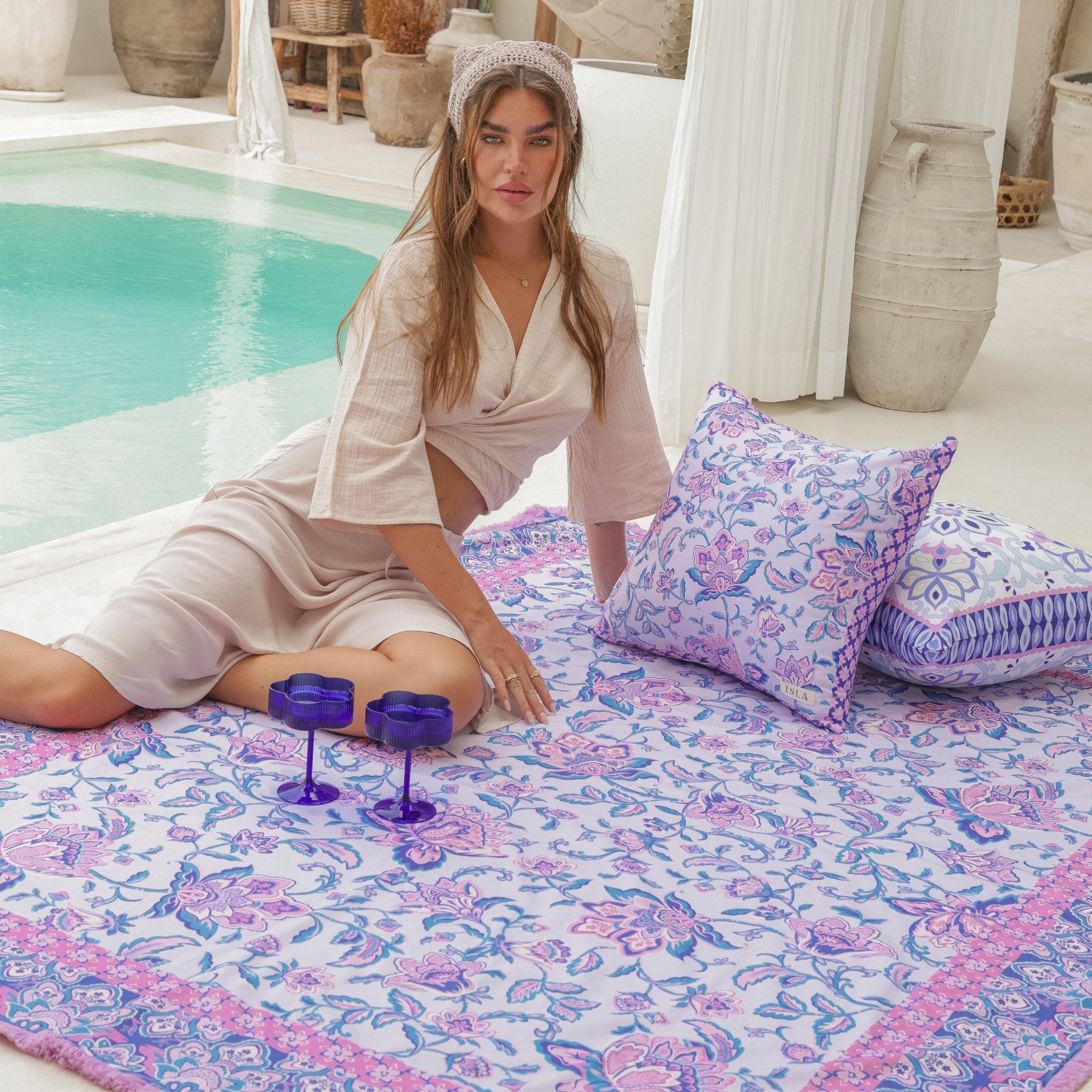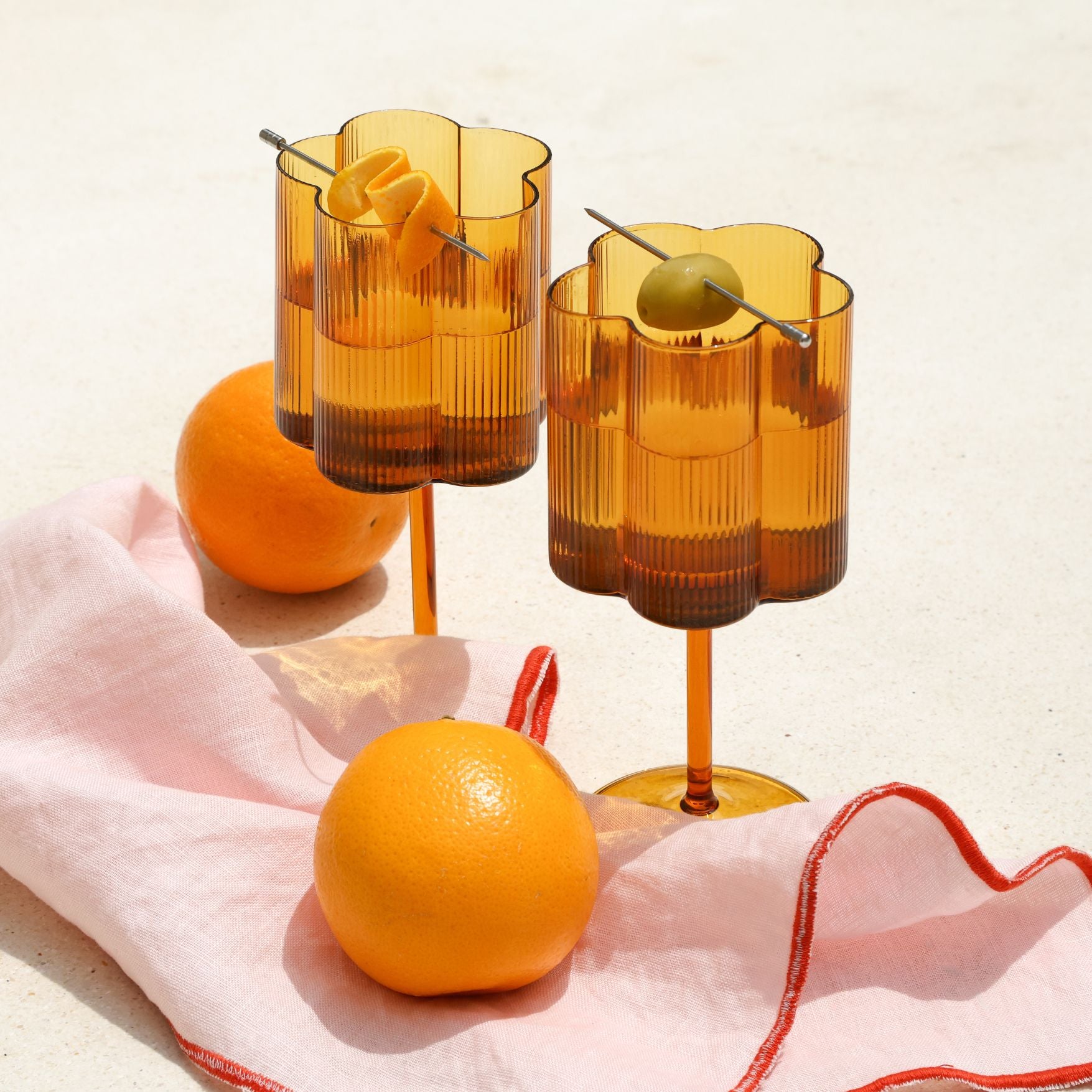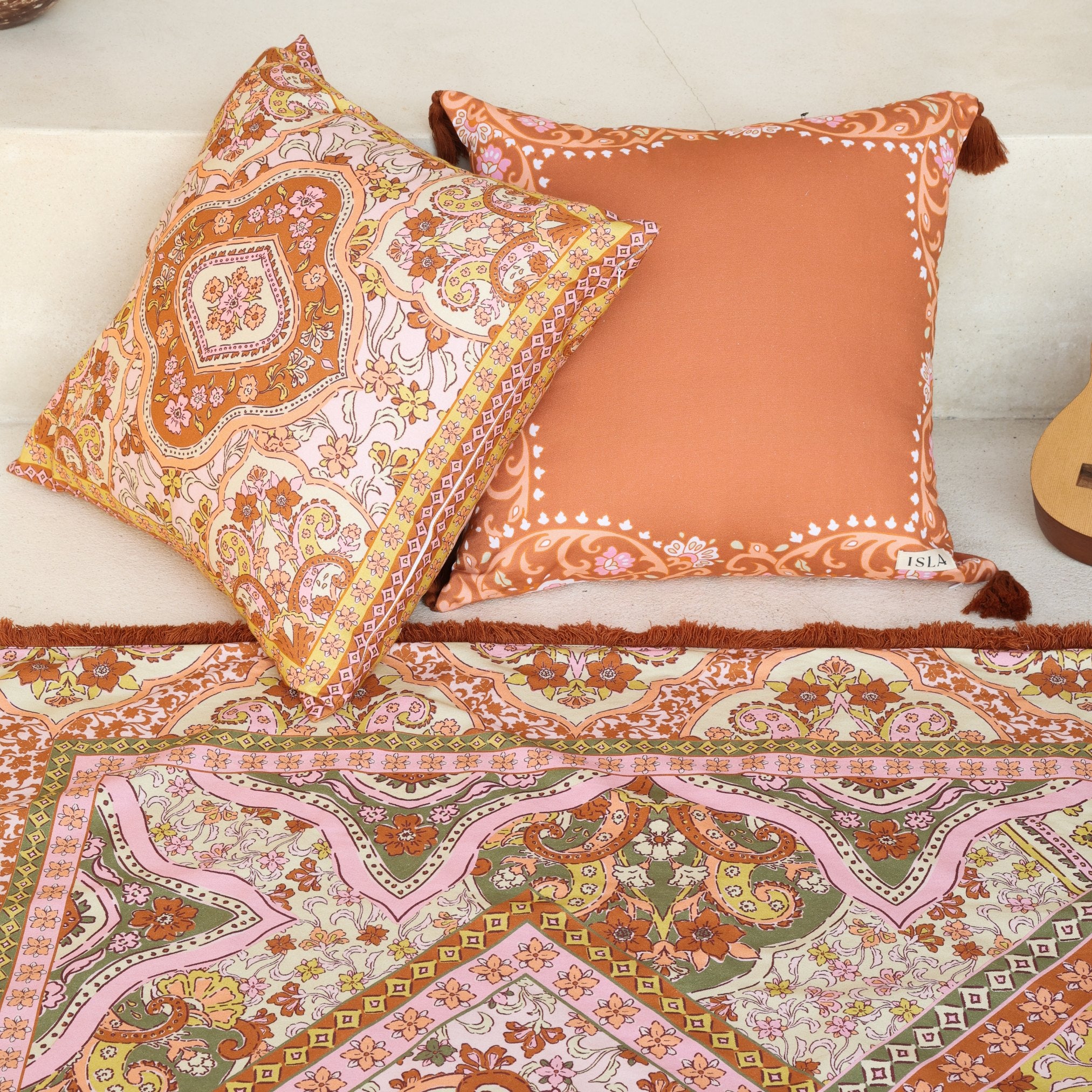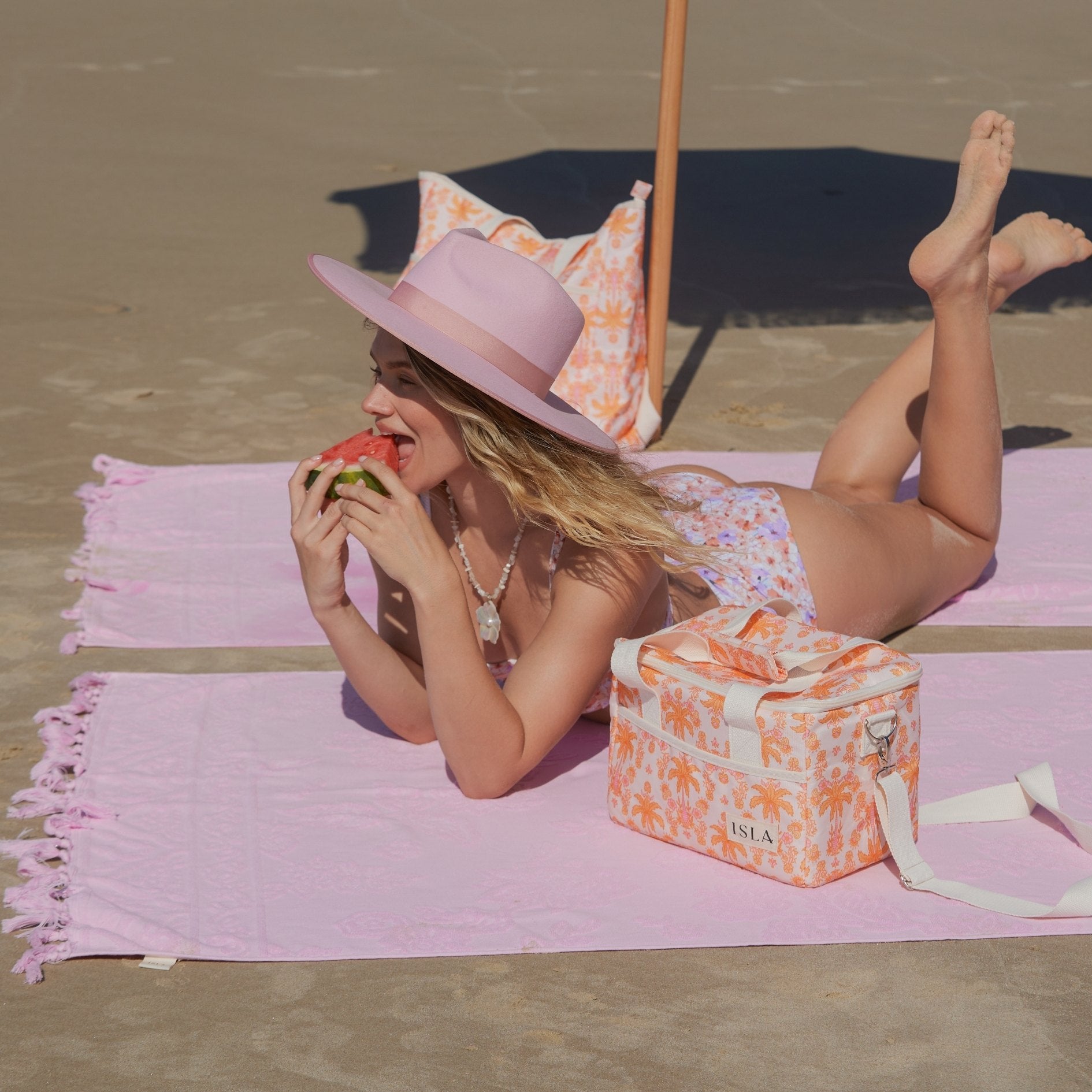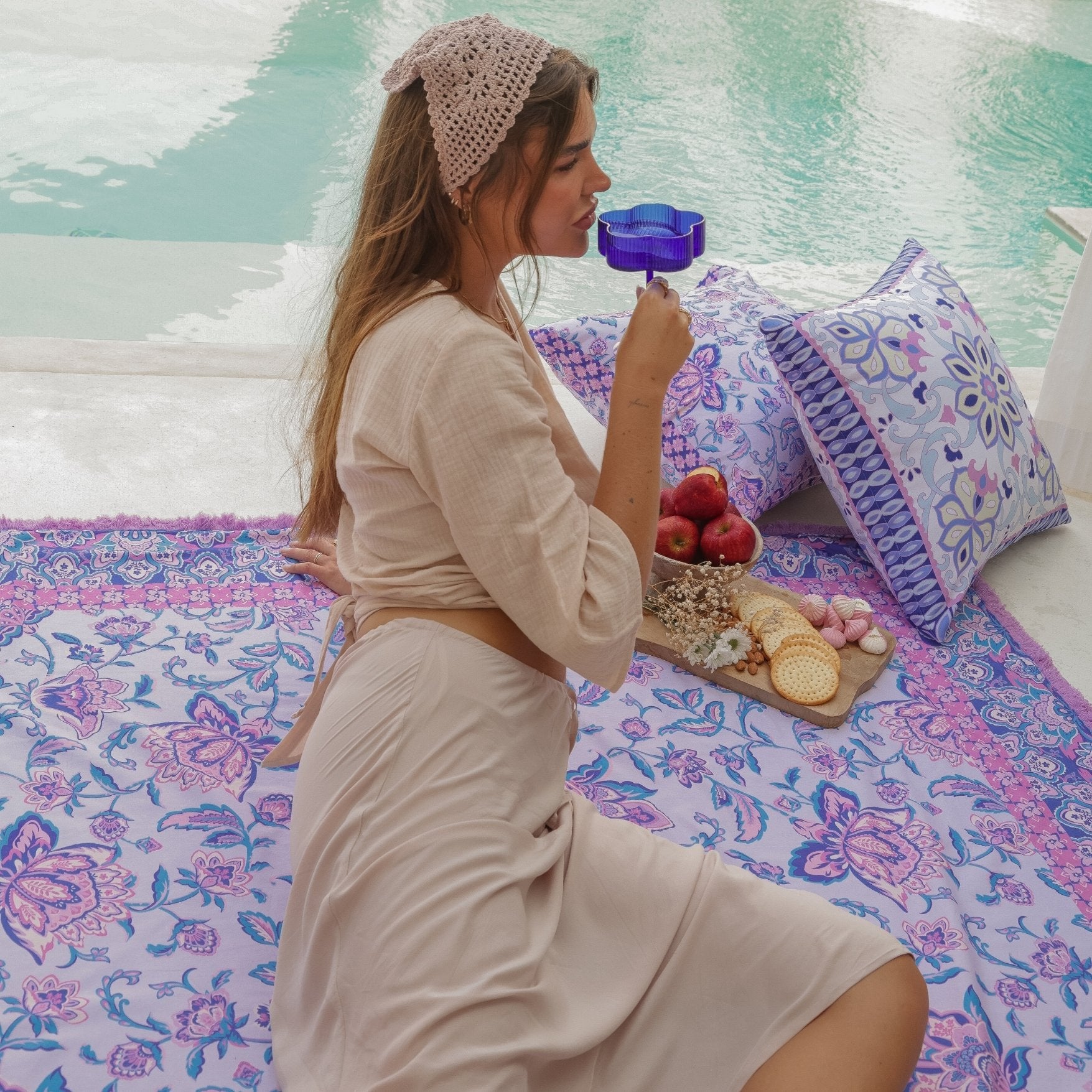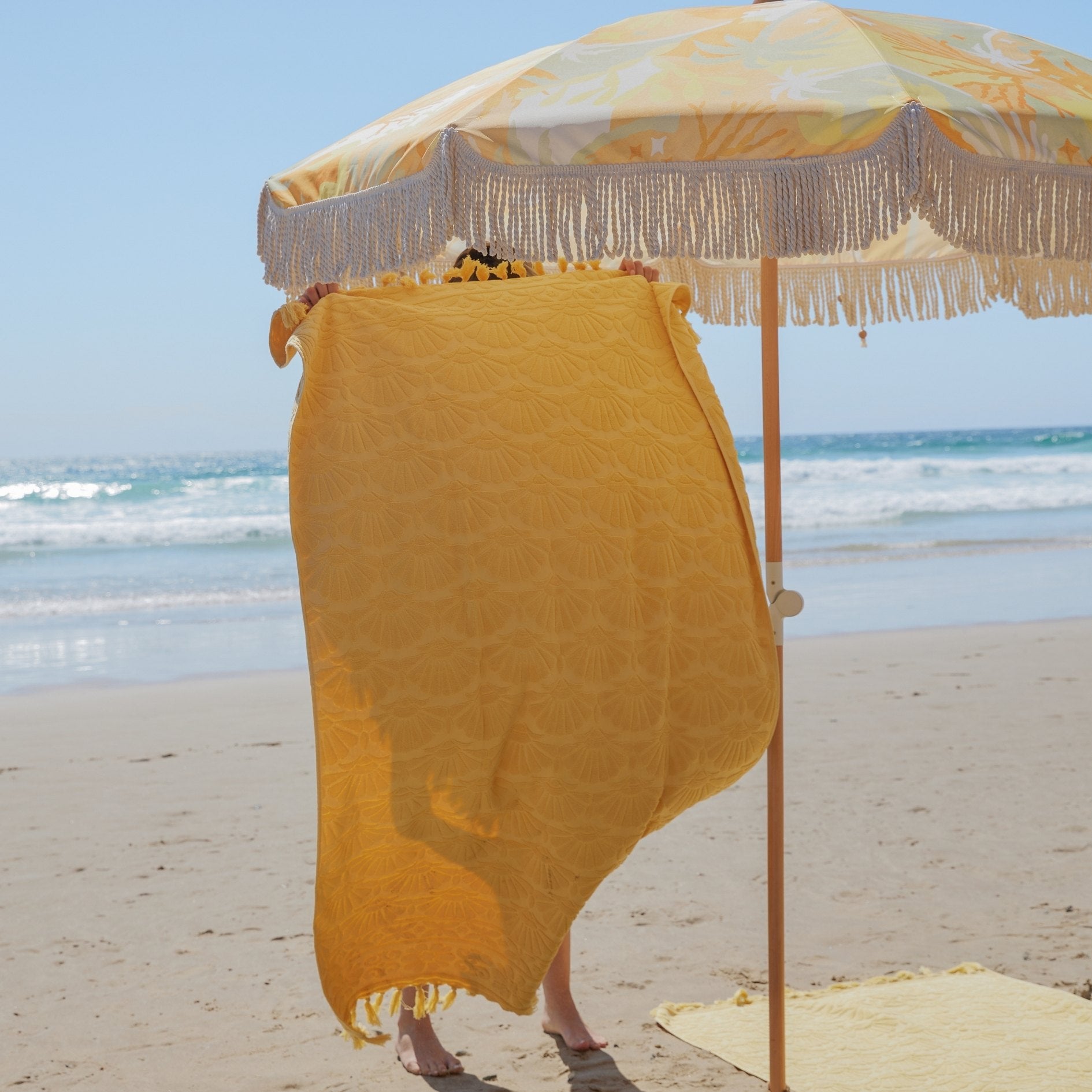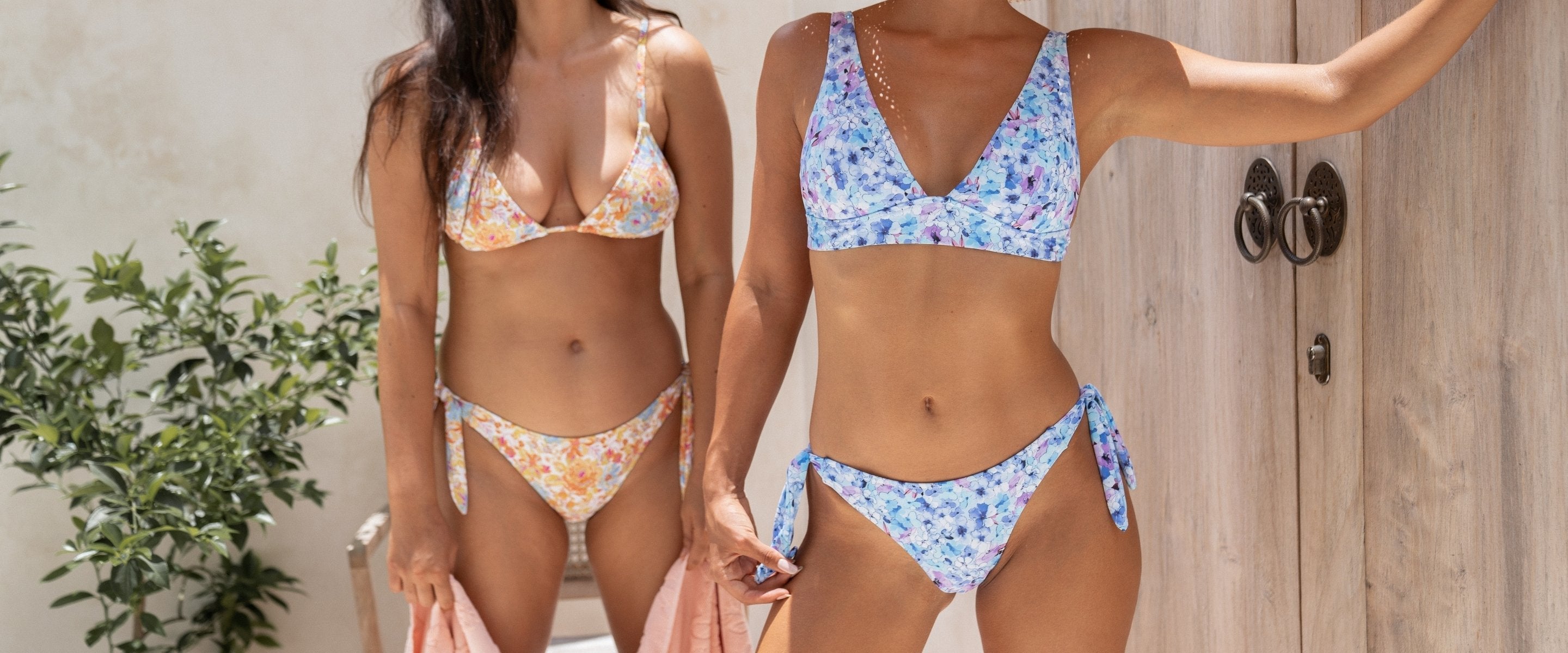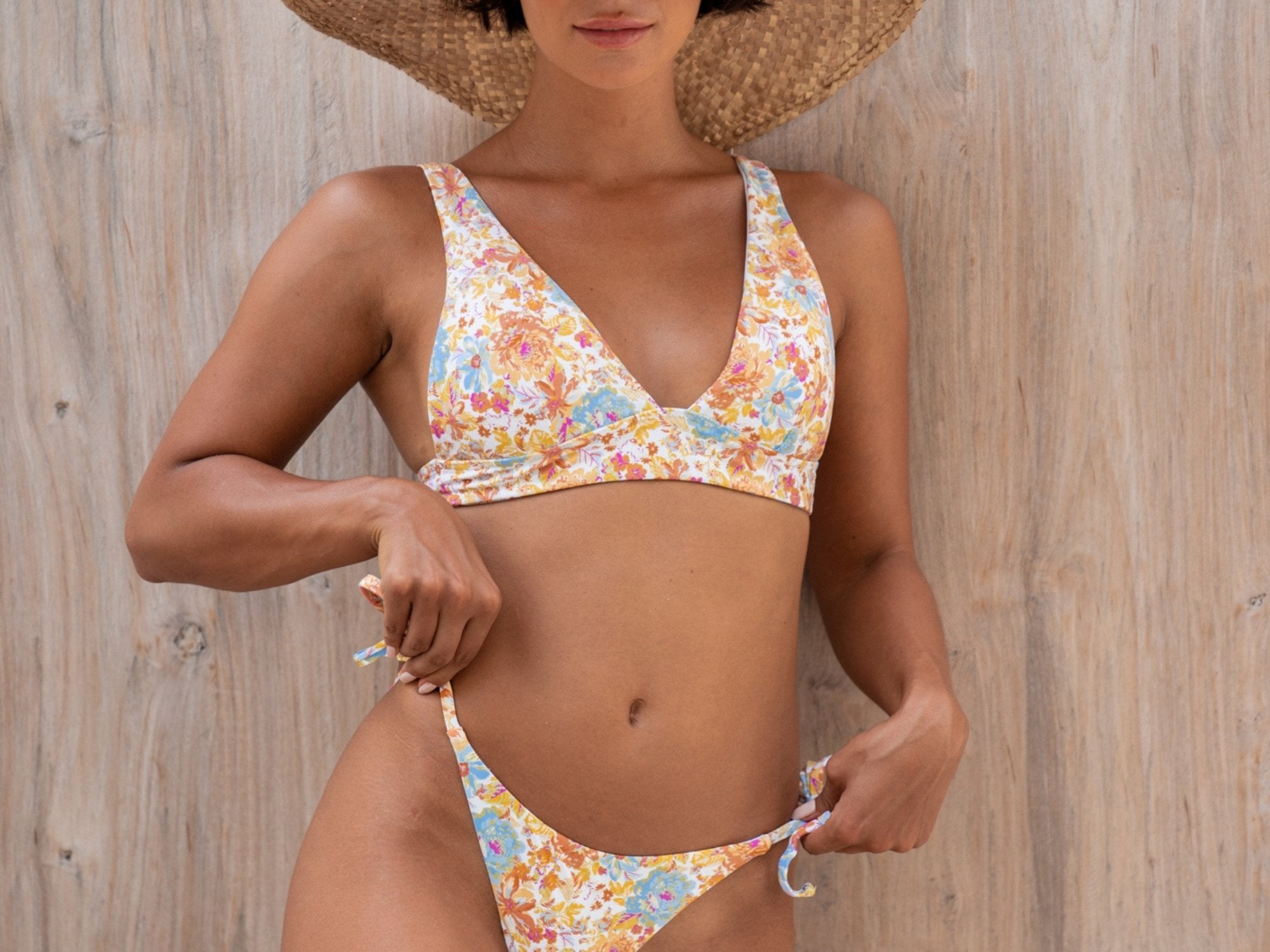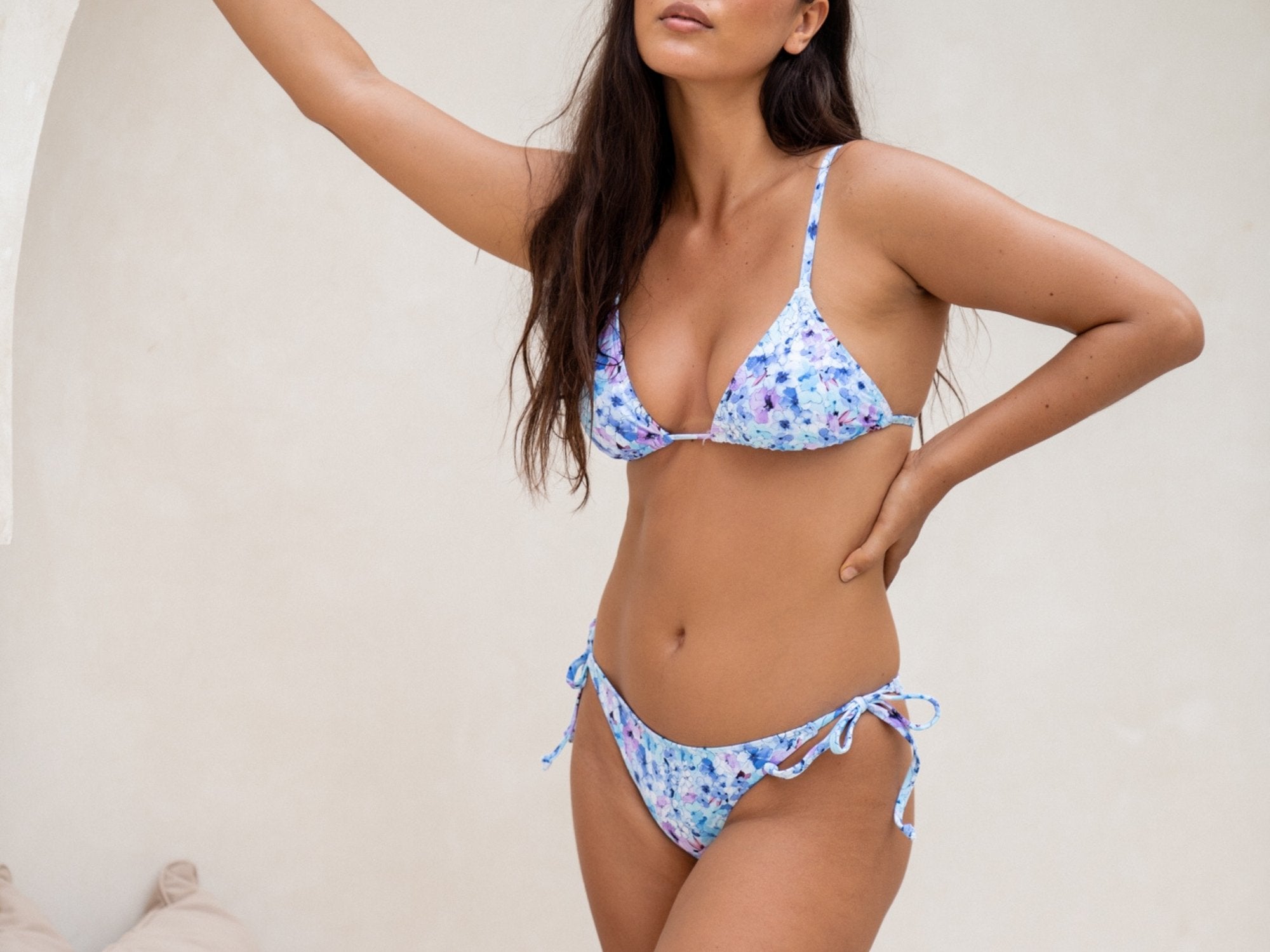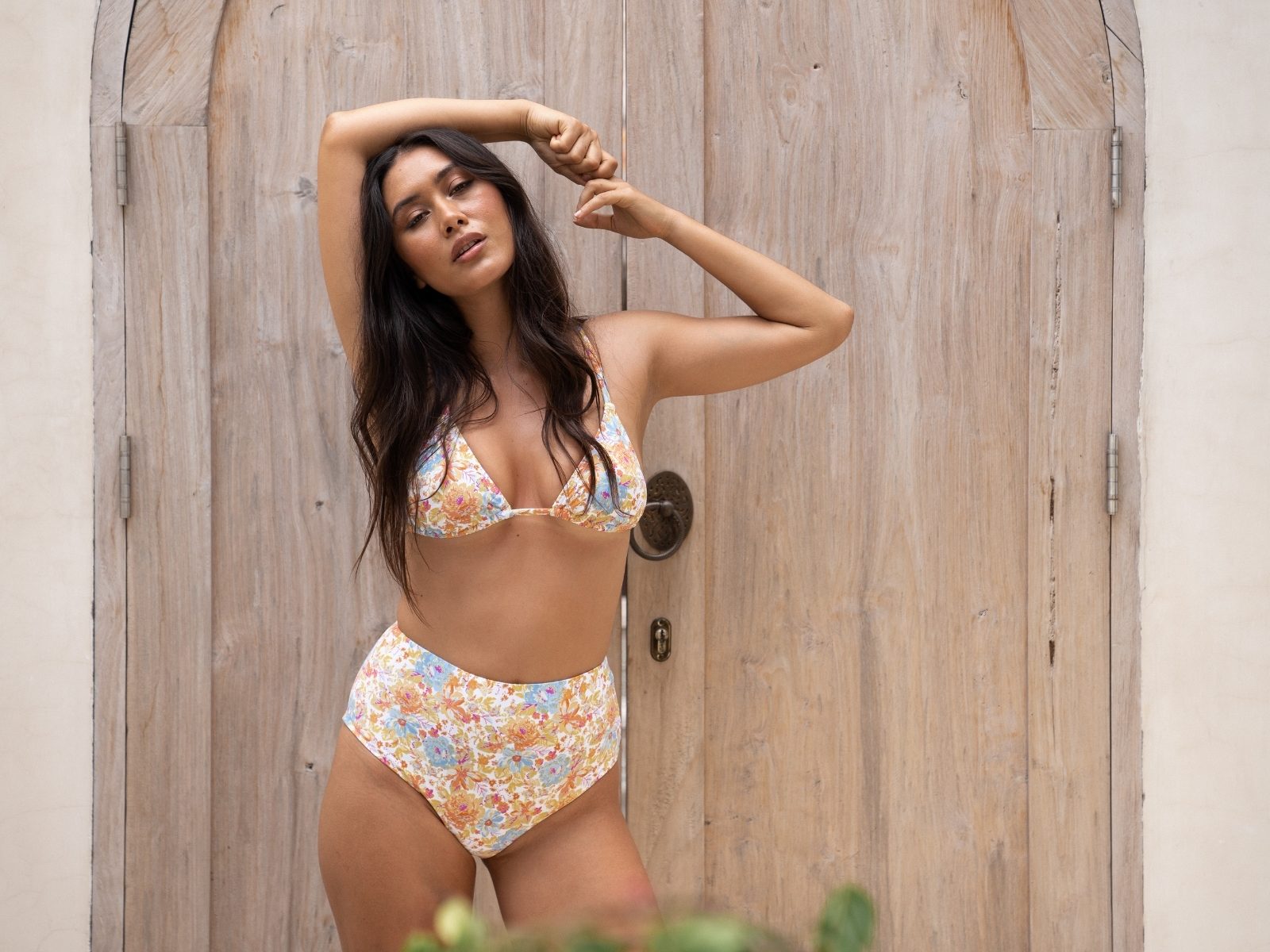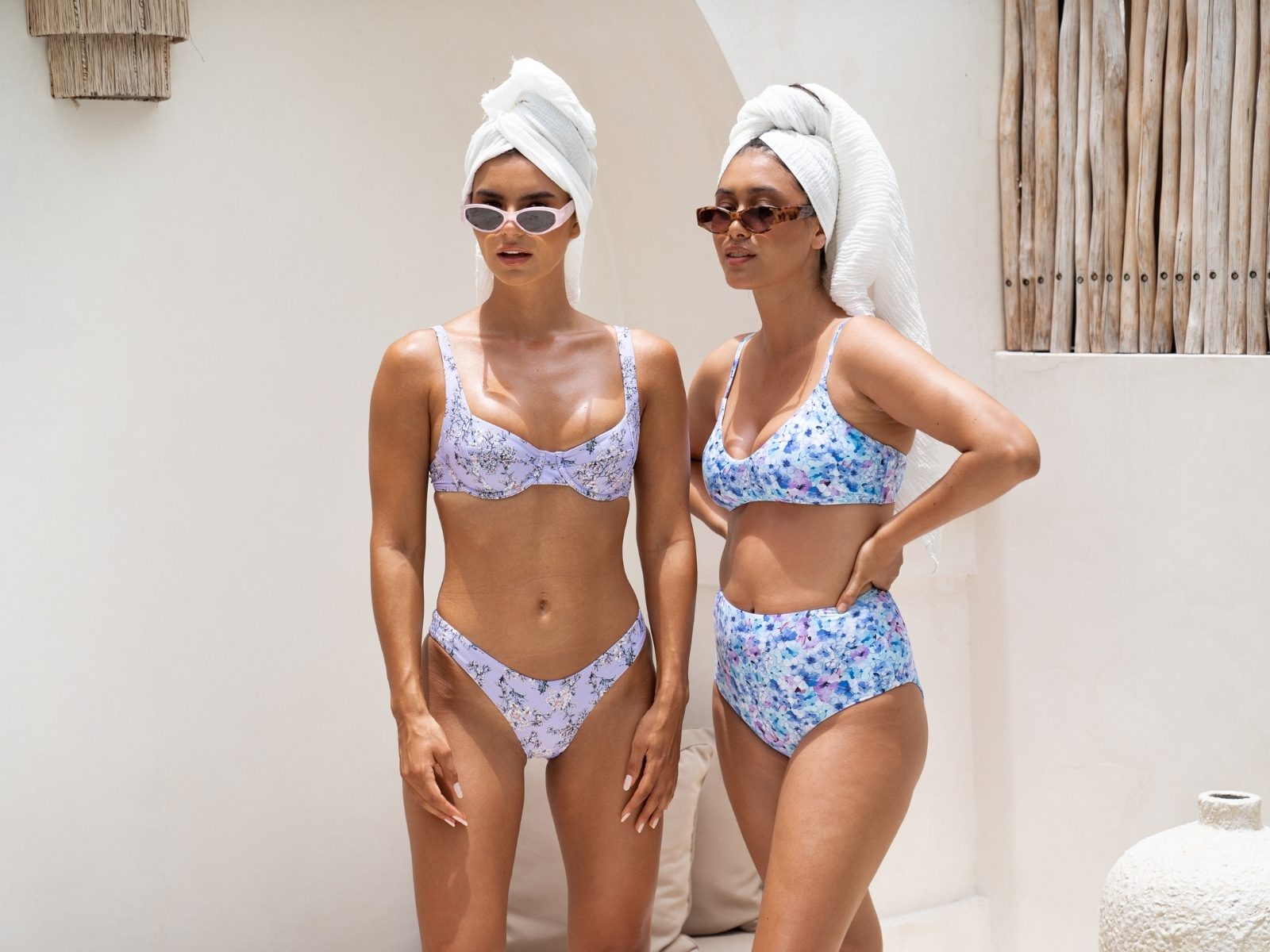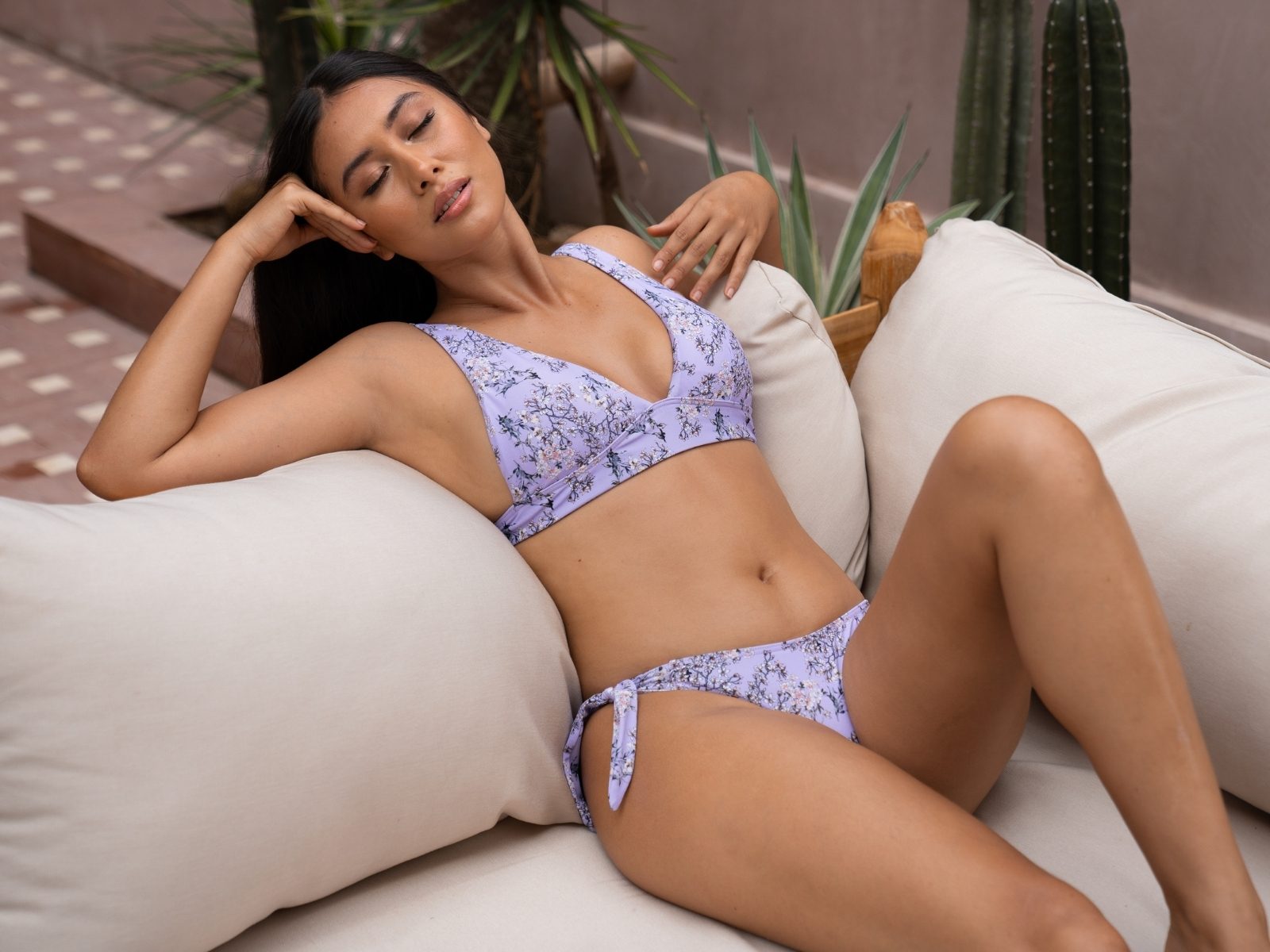When it comes to Australian-made fashion, only 29% of businesses source some of their materials from local suppliers, with 88% of businesses designing their products in Australia. But what is that statistic actually telling us? Are these brands choosing to source their materials offshore as a preference? Or are there challenges and limitations to sourcing and manufacturing garments on Australian shores?
When we first started ISLA, we knew we wanted to produce Australian-made swimwear for a variety of reasons. To support local, family-run businesses and to ensure we would be close to our production process, having full control over every supplier and material we use throughout. As we began delving into the sourcing and manufacturing options available to us, we soon realised the challenges brands face producing locally.
The limitations in Australia
While we currently source all of our materials and suppliers locally, we face a range of different limitations at each stage.
Material availability can be a big challenge. If a supplier runs out of a particular item, we often have no choice but to wait for a restock as there is not a back-up supplier who stocks the same item. This can cause lengthy production delays as it can take weeks for an item to be restocked. Weeks we do not have if we want to meet seasonal deadlines.
We also face a limitation when it comes to printing. There is only one printer in Australia who follows the required process necessary to treat our premium recycled stretch fabric. Being one of the best fabrics on the market, the process requires washing, steaming and drying so the colours and print do not bleed.
When it comes to cost, often rates are extremely high. We acknowledge it’s imperative the amazing suppliers we work with need to be profitable businesses, however, some suppliers charge a premium price for their materials and services as they know brands do not have the luxury to shop around.
In Australia, to produce the one product, you often have to work with several different suppliers. If we were to move offshore, it can end up being easier for us as one company manages the entire production process. This minimises any production mishaps that usually occur when there are many suppliers and makers communicating with each other.
Production capability is another issue we face. Certain styles like underwire bikini tops require a particular machine that most makers do not have. We’ve only found a couple of makers in Australia who can create our underwire styles - that is if they have availability. Which leads us to our biggest challenge yet…
Finding a maker that has capacity to make our 2023 collection is currently our biggest and most critical challenge. The maker we have worked with since we started ISLA creates swimwear for some of the largest, premium Australian brands. These brands have high order volumes which book up factory time. These bigger brands are able to demand this and in turn, push smaller businesses to the back of the production line. When this happens, we can miss important seasonal launches and end up having to release our collections at the wrong time, missing out on key purchasing times. This results in excess stock, the worst scenario for a small brand.
Why are there no swimwear makers with capacity?
Skill shortages contribute to the lack of availability in Australian factories, particularly when it comes to crafts being ‘lost’ with older generations. When speaking to a local pattern maker who specialises in working with Australian swimwear brands, she told us, ‘my best machinists are all retiring and the other good makers I know are full’. She proceeded to explain how her offshore factories are brilliant and offer great rates. This is one of the reasons why China is the largest manufacturer and exporter of fashion items, with 65% of the world’s clothing made in the country. Their younger generations have the skills needed to produce these textiles.
It begs the question, can the Australian Government provide incentives and training in these professions to increase the number of individuals from our younger generations choosing these occupations.
The importance of being Australian-made
Australia is known for the ideal summer lifestyle, pristine beaches and some of the best globally recognised swimwear brands. This is why we want to stay true to our origin and create swimwear that is designed and made in Australia. It means that we’re able to support local businesses, contributing to the economy and the environment we love.
In addition to this, keeping our process local means we can be sure of quality, which aside from creating beautiful prints, is our most important factor. It also means we never feel pressured to rush a design we were not completely sure of. With an overseas maker, multiple changes to styles or prints means you would lose weeks in production time.
Being Australian-made was especially important to us when we were a new brand. It helped us understand the detailed process of making swimwear, as well as giving us the opportunity to explore different materials. This is what makes ISLA the premium brand it is today.
A barrier or an opportunity?
Local manufacturing availability is now one of the biggest challenges when it comes to producing Australian-made swimwear. But with 87% of Australian consumers willing to purchase ethical and sustainable products at a premium, we believe it also presents an opportunity on a massive scale to Australia's economy.
To meet the challenges Australia’s fashion and textile industry face, Ernst & Young’s Fashion Evolution: From Farm to Industry report suggests a reinvigorated policy platform. One of the four policy pillars they propose includes building future capabilities for the fashion and textile industry. This means increasing local manufacturing capabilities with the introduction of manufacturing facilities to regional Australia.
Until this happens, unfortunately we do not know what the future will hold for ISLA's Australian-made swimwear. We are realistic in knowing these changes to the fashion and textile industry in Australia would take time but we’ll be doing everything we can to find a solution to keep production in Australia. Watch this space!

